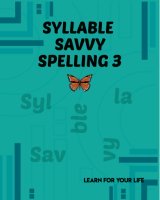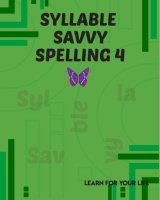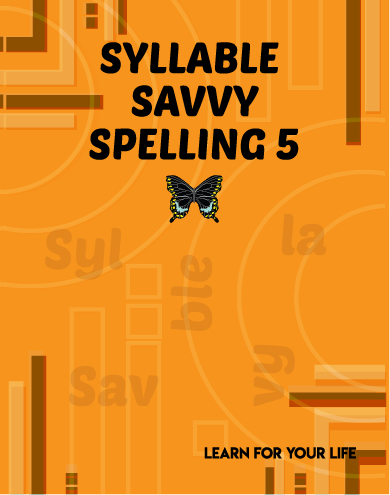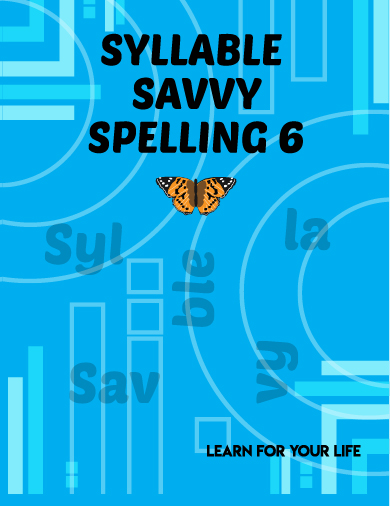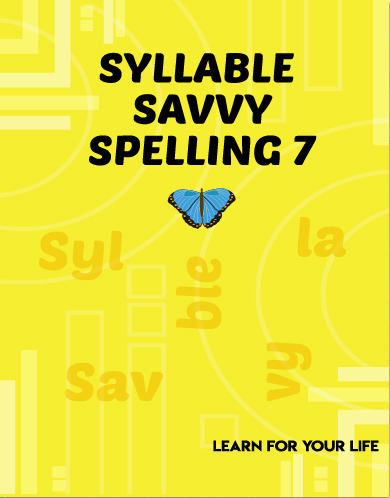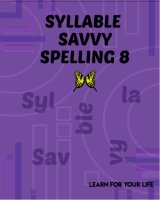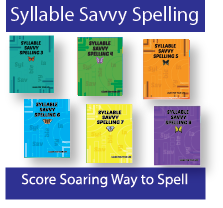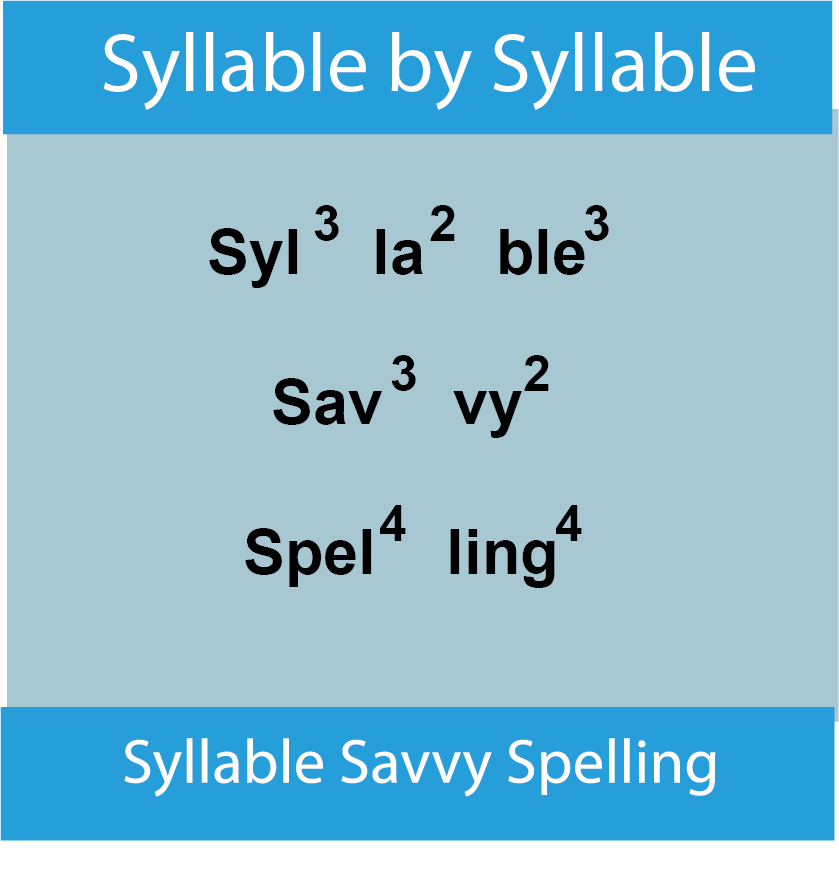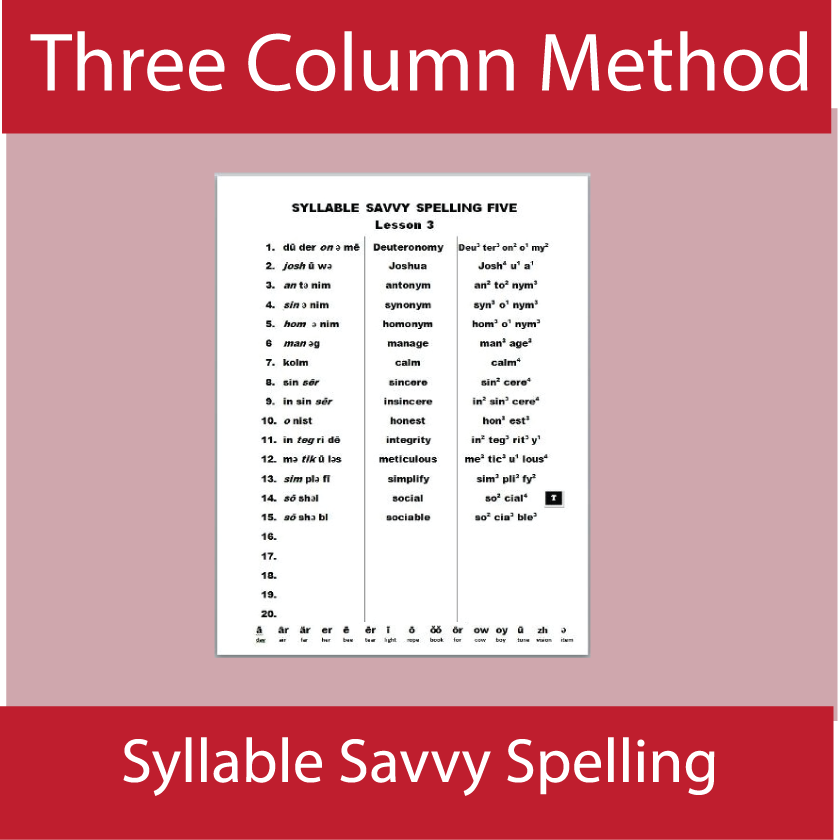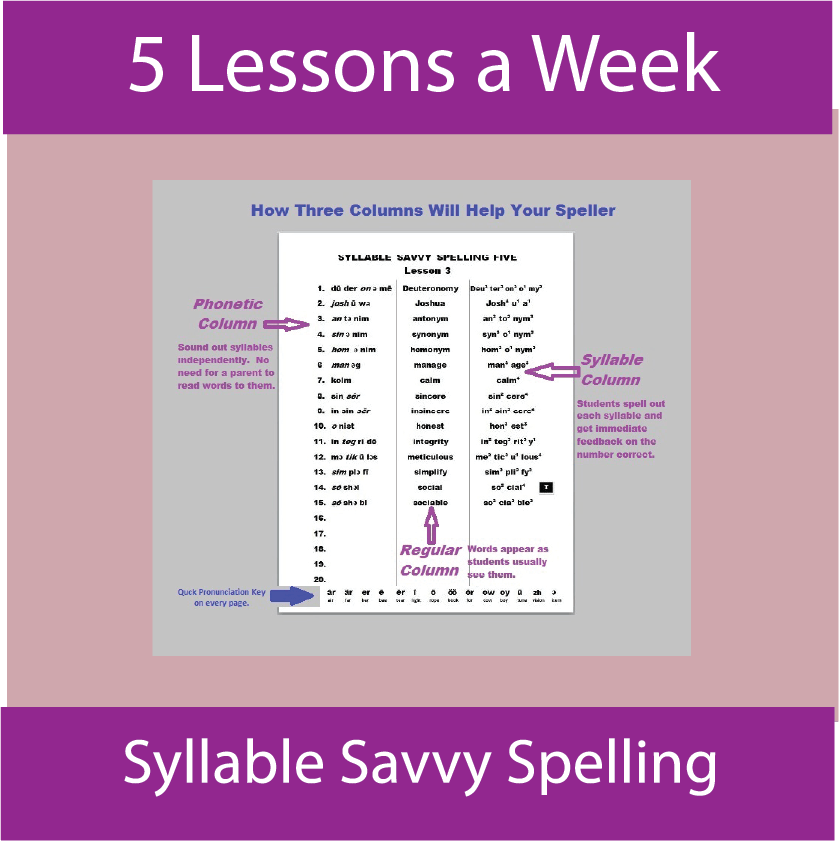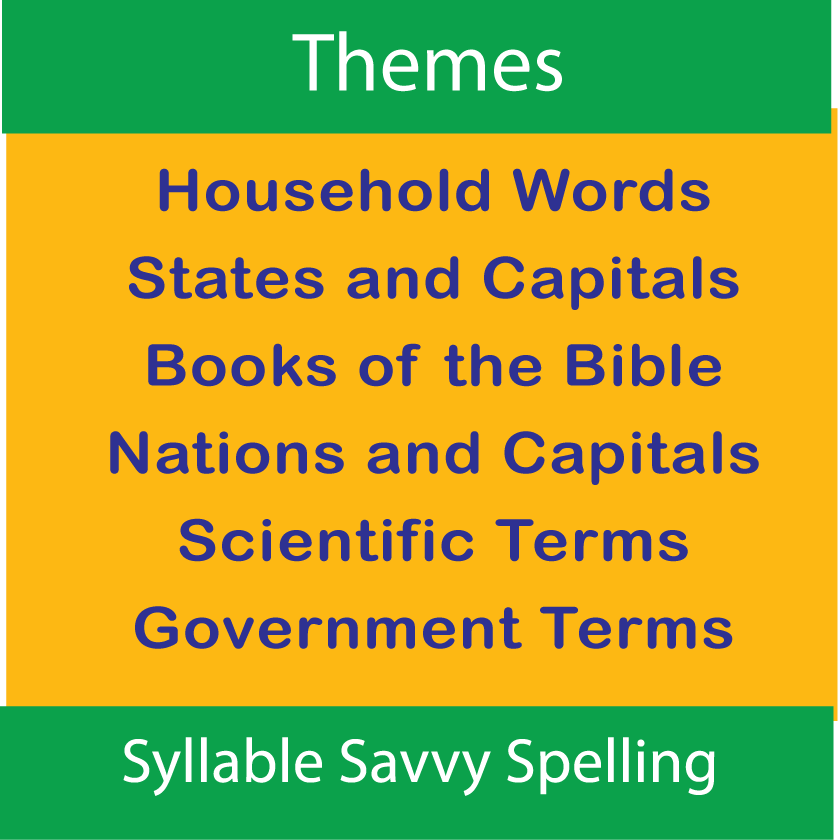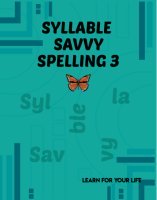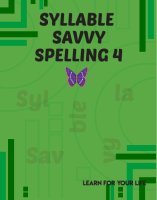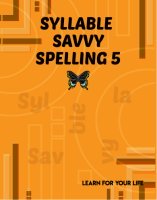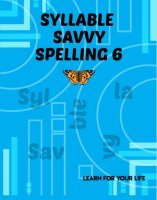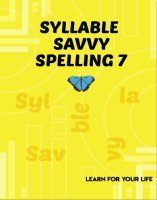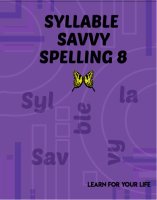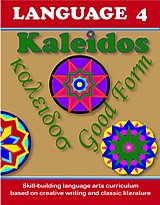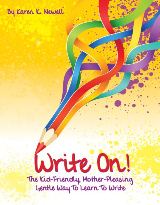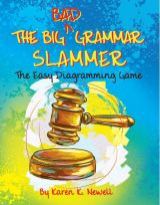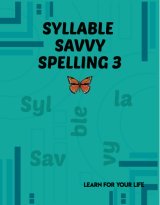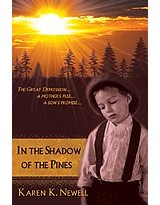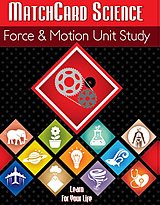How to Teach Spelling
The Three Column Spelling method helps students master any spelling word. Here's how to fit this method into your academic week.
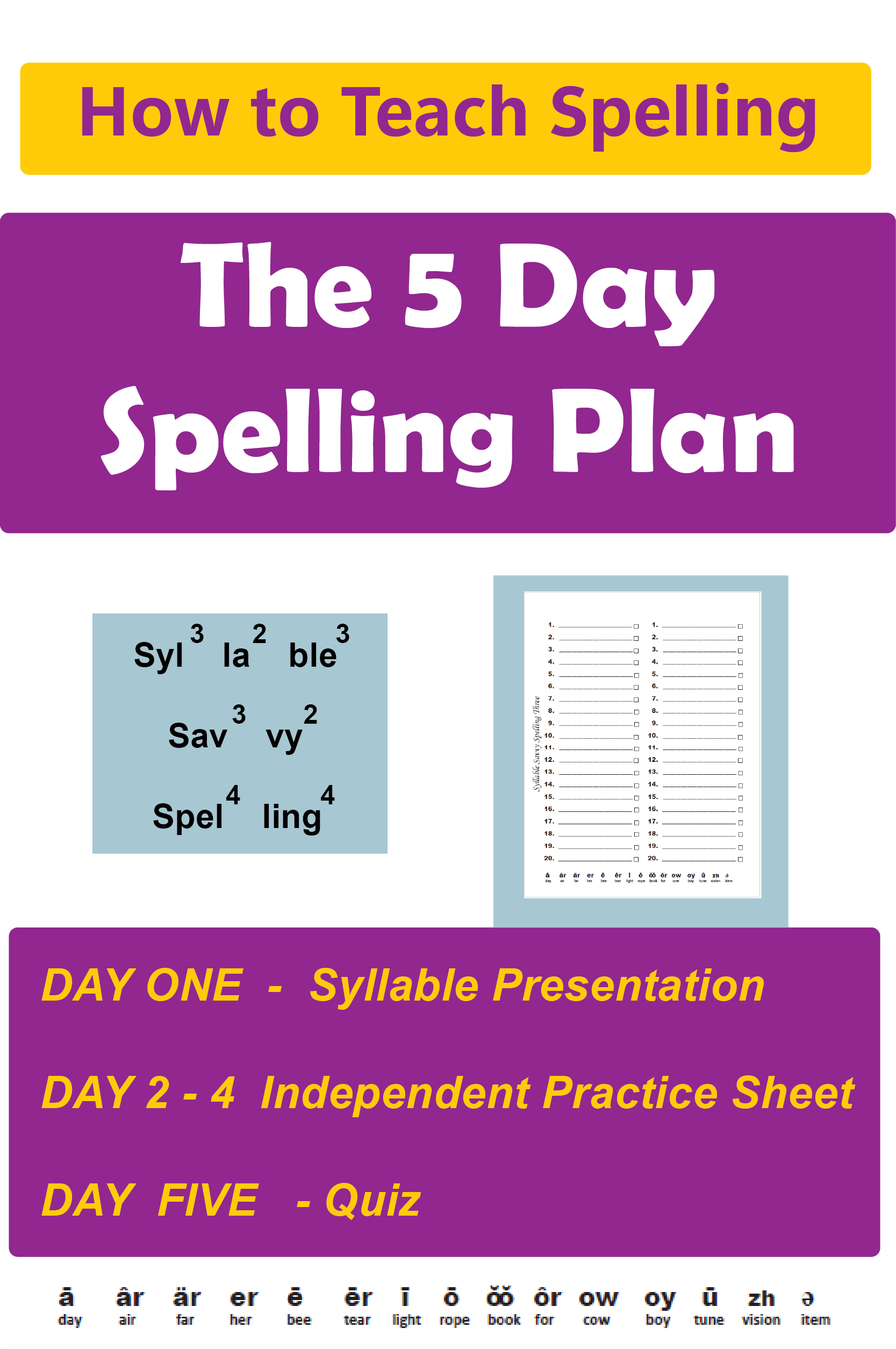
Basic Method of Syllable Spelling
Before discussing how to incorporate this into your academic calendar, here's a quick overview of this method. (Jump down to the next section if you are familiar with it.)Syllable by Syllable Break Down of Every Word

Two Column or Three Column Method
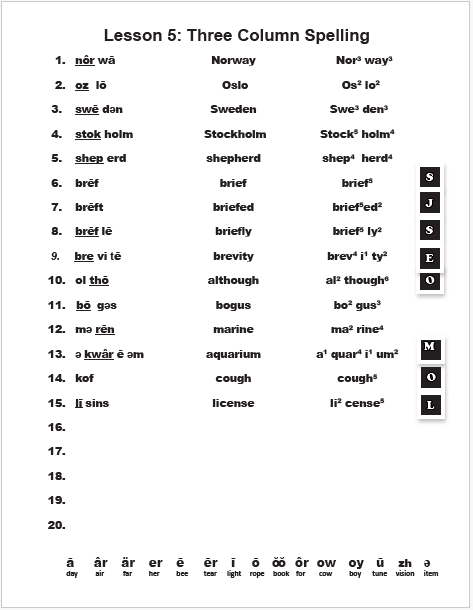
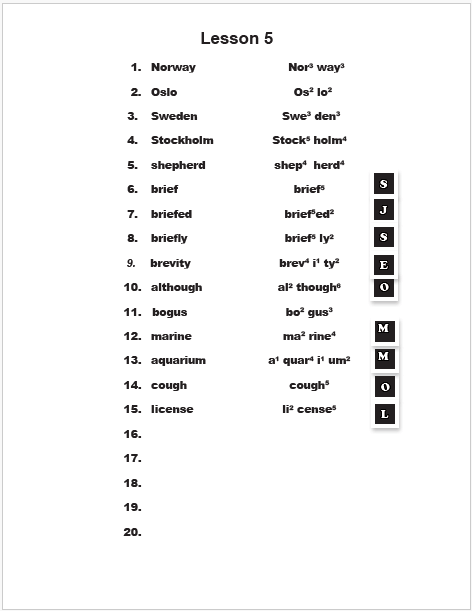
Two Column
One column lists the words in standard print; the other breaks it into syllables as shown in the example above.Three Columns
The third column presents the word as pronounced. This has distinct benefits, particularly for auditory learners.What is the 3 Column Method
Students sound out the words in the 3 Column Spelling Method, and then identify which spelling pattern creates that sound. This allows students to self-study and self-check their work. We have more details about the three column spelling method which can be used with any set of spelling words.It's a Method: Not a Curriculum
Syllable Savvy Spelling is not just a curriculum; although you can purchase graded curriculum for it.It is a strategy for learning how to spell.
Once a student (or adult) learns this method, they can successfully apply it to any word they ever come across.
How To Teach Spelling with a 5 Day Plan
These instructions assume a five-day academic week.If your academic cycle is longer or shorter, these instructions can be modified accordingly.
Day One: Introduce the List
Using the 3 Column Method on Day 1
The first day parent and student review the new list together. (The other days, students will study independently.)The first column is the phonic spelling, the second is the regular spelling of the word, and the third column is the correct spelling syllable-by-syllable as seen in the screen shot above.
Day One: Examine The Word
Together, look at the first word on this week's spelling list. Students will be familiar with the majority of the words. (Exception might be capital cities, etc.)You might "underline" the first word in it's three columns with a sheet of paper that blocks out the sight of the words beneath.
Point out the middle column with the regular printing.
Let's use the word "register" as an example. It would look like this:
re ji ster register re2 gi2 ster4
Point to the middle column with the regular form of the word. Ask them to read it. If they aren't familiar with it, read it to them. Say, "Let's sound it out together using the pronunciation key." Point at the first column, and sound it out syllable-by-syllable.
Let them compare the first and second column. What is different? In the case of the word "register," the "j" is used in the pronunciation key to differentiate it from the hard "g" sound.
Now bring their attention to the third column. "Here is the correct spelling by syllable."
Point syllable by syllable and pronounce "re - gi - ster."
- "Look at the first syllable 're'. Is that how you would expect it to be spelled?"
In this example, the spelling and pronunciation are similar and likely what they expected. - "Look at the second syllable 'gi.' Is that how you would expect to spell it?"
Now the student notes a discrepency. They might have expected to spell it with a "j" not a "g".
Circle, underline, or highlight the unexpected "g". - Continue syllable-by-syllable through the word. After each syllable, the students decide if it is the expected spelling, or if there is a "trick" to it.
- Remember to mark any unexpected letters or letter combinations.
- If there is a letter in one of the mini-chalkboards to the right of the word, that indicates a spelling rule in the back. Check out that rule. How does it apply to this word?
Day Day: Write the Word
After you have verbally talked through a word, fold the spelling list over so the student cannot see the second and third column. (Alternatively, cover those columns with an index card or small sheet of paper.)Ask them to spell the word on paper. As they verbally pronounce each syllable, they write the letters of the syllable on their paper. They should simultaneously say the syllable and write it. Even if they make a mistake, continue through all the syllables of the word before correcting it.
Self-Check
Now, go syllable by syllable through the word and see if they spelled it correctly.- Ask, "What are the three (or four, or other number) letters in this syllable? Are these the letters you wrote?"
- Continue the self-check for each of the syllables. Let them find their own mistakes.
- If they made a mistake, ask them to verbally tell you what the problem was. In the case of 'register,' they may have forgotten that "g" can make the soft sound.
- If there were any errors in the word, they move their pencil to a lower line on their writing paper, and rewrite the entire word, syllable to syllable, pronouncing each syllable quietly as they write it.
- If they got it right, you can draw a star (or smiley face, or other symbol) to indicate it was correct. Small reinforcements are motivating.
Day One: Go to the Next Word on the List
If all of the syllables in the word are written correctly, it is time to go to the next word.In this way, proceed syllable-by-syllable through all the words on the list.
It may seem that this would take a long time. The first lesson or two will take longer as the students get used to the method. After that, it will take only a few minutes to introduce a new list each week.
Using the 2 Column Method Day 1
Some students (particularly visual learners or younger learners) may find the phonetic column confusing. In that case, you can skip the page with the three columns and just use the two column page.- Advantage of phonetic column: It allows students to self-study their list without someone reading it to them.
- Disadvantage of phonetic column: May appear confusing to some students.
- Best Practice: Use the three column method, then ask the student if the phonetic spelling helps them?
Day 2 - 4: Independent Studying
Use Phonetic Column for Self-Studying
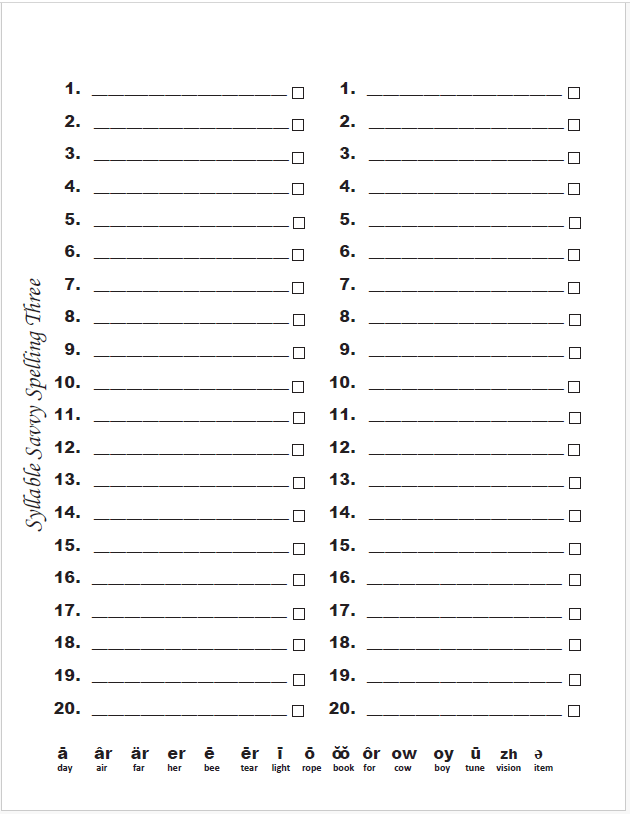
On Days 2 and 3, the student may look over the entire list, noting the letters they circled or marked as difficult. After reviewing their list, it's time for them to quiz themselves by writing. With the regular column and syllable column covered, the student sounds out the word on the phonetic column and then writes it on their worksheet syllable-by-syllable.
Then, syllable-by-syllable the student self-corrects each letter using the third column on the first page of that week's lesson. For reinforcement, have the student write down the correct number of letters written in each syllable.
If the entire word is correct, the student can mark the word correct with a star or other symbol. If the word was written incorrectly, the student re-writes it on the next line of the spelling page to practice and reinforce the correct spelling.
Day 5: Spelling Quiz
Assessment & Grade
The fifth day is the spelling quiz. The instructor reads each word out loud and the student writes it on a new sheet of paper.As in a traditional classroom spelling test, all the words are read by the teacher, written by the student, and then turned in. The words are graded when the entire list is completed.
If a student misses a word on the spelling quiz, it can be added to next week's list.
What About the Other Words?
There are a total of twenty spaces on the lesson, but only fifteen words listed in each lesson. What are the other five words?These are words you choose for your child to learn. These can be:
- Words missed last lesson
- Common words misspelled in their creative writing
- Words used in other subjects
Order Syllable Savvy Spelling Today
You have two options for purchasing Syllable Savvy Spelling:- Order the paperback book. The 136 page soft cover will be mailed to you.
- Order the E-Book. Save the cost and time of shipping and download the ebook below to print now.
Order the Paperback
Softcover books are mailed to your home. It includes the instructors guide, student workbook pages, spelling guide, and appendix with spelling rules. No other books are needed.Download Now
Save time and shipping costs. The download allows you to print the exact same pages in the paperback.Syllable Savvy Spelling Pages
Check out our other pages on the The Score Soaring Way to Spell
About Our Site
Hands-On Learning



